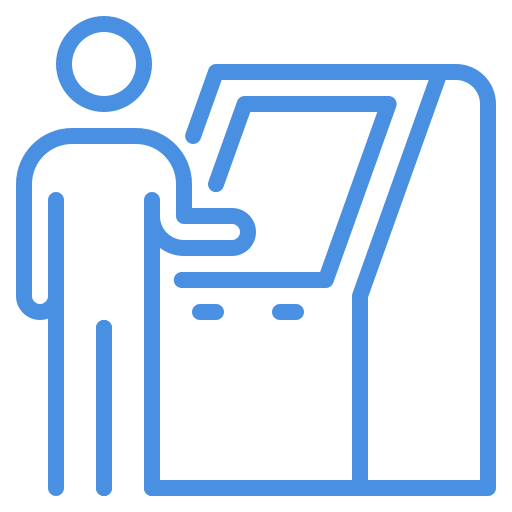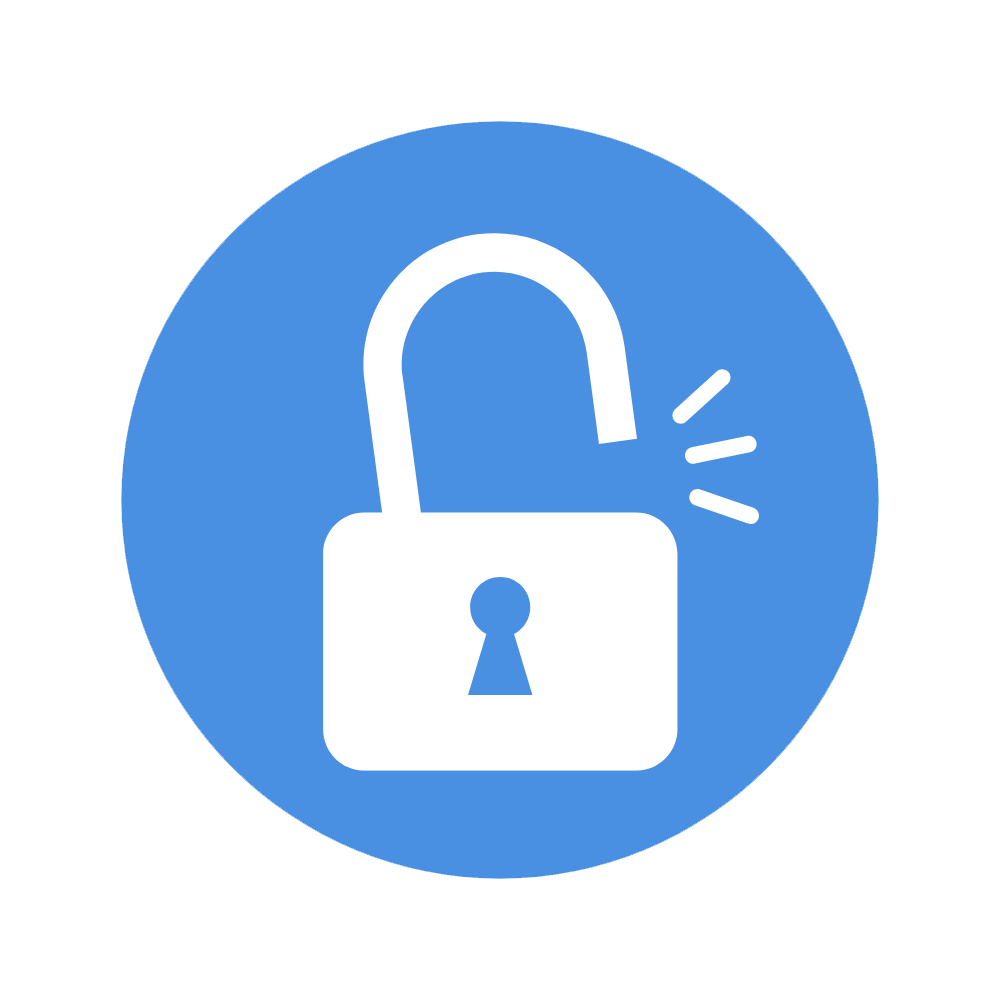How to Turn Engagement into Conversion for Therapists?
Struggling to turn social media engagement into actual clients? Learn how to achieve engagement into conversion with proven strategies. This guide explores how therapists can create compelling content, nurture leads, and implement ethical marketing tactics to transform online interactions into real appointments. Discover the power of engagement into conversion through lead magnets, social proof, and targeted ads while maintaining professional boundaries. Whether you’re building trust with potential clients or retaining existing ones, these techniques will help grow your practice effectively.
Understanding Engagement into Conversion for Therapists
Social media is a powerful tool for therapists and clinic owners, but the real challenge lies in engagement into conversion—transforming followers into actual clients. Many therapy practices struggle to bridge the gap between social media engagement and bookings. The key is to provide valuable content, strategically capture leads, and create an easy transition from online interactions to real-life appointments.
Beyond gaining new clients, engagement into conversion also plays a role in client retention. By keeping existing clients engaged with educational content, therapists can reinforce their therapy journey and build long-term trust. This article explores how therapists can ethically and effectively boost engagement to turn social media followers into loyal clients while maintaining professional boundaries.
Step 1: Creating Content That Drives Engagement into Conversion
The most effective engagement into conversion strategies involve creating content that speaks directly to your audience’s needs. It should not only attract new clients but also encourage existing ones to remain engaged in their therapy process.
1. Identifying Audience Pain Points for Better Engagement into Conversion
Understanding your audience’s struggles helps craft content that resonates and leads to higher engagement and followers, Ask yourself:
-
- What common challenges do your clients face? (e.g., post-surgery recovery, chronic pain, speech development delays)
-
- What questions do they frequently ask during therapy sessions?
-
- How can your content support ongoing therapy and reinforce the importance of continued care?
Example: If your clinic specializes in post-surgical rehabilitation, create content like “Three Exercises to Improve Mobility After Knee Surgery” or “Why Consistency is Key in Physical Therapy Recovery.”
2. Posting Actionable and Value-Packed Content
Content that provides immediate value increases engagement by encouraging shares and client inquiries. Effective formats include:
-
- Quick Therapy Tips – Short exercises, pain relief techniques, or stretches.
-
- Before-and-After Stories – With consent, share progress updates from real patients.
-
- Myth vs. Fact Posts – Debunk common therapy misconceptions.
-
- Q&A Sessions – Address frequently asked therapy-related questions.
-
- Behind-the-Scenes Content – Introduce therapists and show your clinic’s environment.
By consistently offering useful content, you enhance engagement into conversion, turning passive followers into active clients.
3. Leveraging Storytelling for Higher Engagement into Conversion
Storytelling builds emotional connections and drives engagement into conversion. Sharing real-life success stories (with patient consent) can inspire new clients to book an appointment and encourage existing ones to stay committed to their therapy.
Example Post:
“Meet Lisa. She suffered from chronic shoulder pain for five years. After eight weeks of therapy, she regained full mobility and returned to her favorite activities pain-free!”
Step 2: Using Lead Magnets to Strengthen Engagement into Conversion
A lead magnet is a free resource that provides value in exchange for a follower’s contact information. This allows you to build an email list and nurture relationships over time, increasing engagement into conversion.
1. Examples of Lead Magnets That Drive Engagement into Conversion
-
- Downloadable Guides: “5 Stretches for Lower Back Pain Relief” or “How to Improve Speech Clarity at Home.”
-
- Mini Video Training: Short tutorials demonstrating therapy techniques.
-
- Exclusive Webinars: Live Q&A sessions or workshops.
-
- Email Newsletters: Ongoing therapy tips, special promotions, and clinic updates.
For better engagement into conversion, follow up with emails that reinforce the importance of consistency in therapy.
Example:
Subject: “Keeping Your Progress on Track – A Quick Tip!”
Body: “We loved seeing your progress in therapy! Here’s a simple home exercise to maintain your results. Need more guidance? Let’s book your next session!”
2. Promoting Lead Magnets for Maximum Engagement into Conversion
-
- Post links to free guides in your bio and captions.
-
- Use Instagram and Facebook Stories to highlight downloadable content.
-
- Create a TikTok video or Instagram Reel explaining the benefits of the resource.
-
- Run Facebook or Instagram ads targeting potential clients who might need therapy.
Step 3: Converting Engagement into Bookings While Maintaining Ethics
Converting social media engagement into actual bookings should be done ethically and within professional guidelines.
1. Setting Boundaries for Ethical Engagement into Conversion
-
- Do not offer personalized medical advice in comments or direct messages.
-
- Use disclaimers: “This content is for educational purposes only and does not replace professional therapy.”
-
- If someone asks for specific help, direct them to book a consultation instead of giving informal advice.
2. Offering a Seamless Booking Process
A hassle-free booking process improves engagement into conversion and reduces drop-offs.
-
- Include a booking link in your social media bios and posts.
-
- Use automated DMs that send booking links when someone inquires about services.
3. Utilizing Social Proof for Stronger Engagement into Conversion
Social proof, such as testimonials and reviews, helps convert engagement into trust and bookings.
Example Post:
“Before therapy, Jake struggled with severe back pain. After six weeks of targeted exercises, he’s back to his normal routine pain-free. Don’t let pain control your life—book an appointment today!”
Step 4: Running Paid Ads for Better Engagement into Conversion
If you want to boost engagement into conversion beyond organic reach, paid advertising on platforms like Facebook and Instagram is highly effective.
1. Best Platforms for Therapy Clinic Ads
-
- Facebook & Instagram Ads: Target potential local clients searching for therapy.
-
- Google Ads: Helps clinics appear at the top when someone searches for “physical therapy near me.”
-
- LinkedIn Ads: Great for reaching professionals needing therapy for workplace injuries.
2. Crafting Ads That Improve Engagement into Conversion
-
- Identify the Problem: “Struggling with chronic neck pain?”
-
- Offer a Solution: “Our therapy techniques can help restore movement and reduce pain.”
-
- Call to Action: “Book a free consultation today!”
Final Takeaways: Mastering Engagement into Conversion for Therapists
To successfully achieve engagement into conversion, therapists must:
-
- Create content that educates, builds trust, and motivates action.
-
- Use lead magnets to capture contact details and nurture relationships.
-
- Ethically guide followers toward booking therapy sessions.
-
- Offer a seamless, hassle-free booking process.
-
- Leverage testimonials and success stories to retain current clients.
-
- Run targeted social media ads to reach potential clients.
By implementing these strategies, engagement into conversion becomes a natural and effective process. Start optimizing your social media today and watch your therapy practice grow!

































